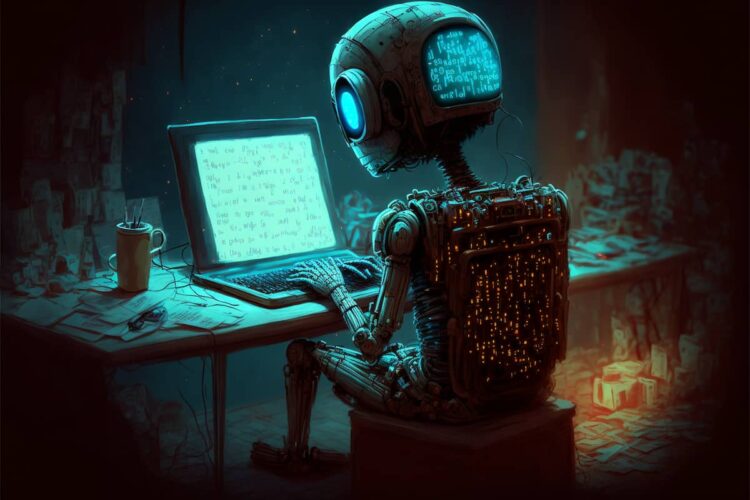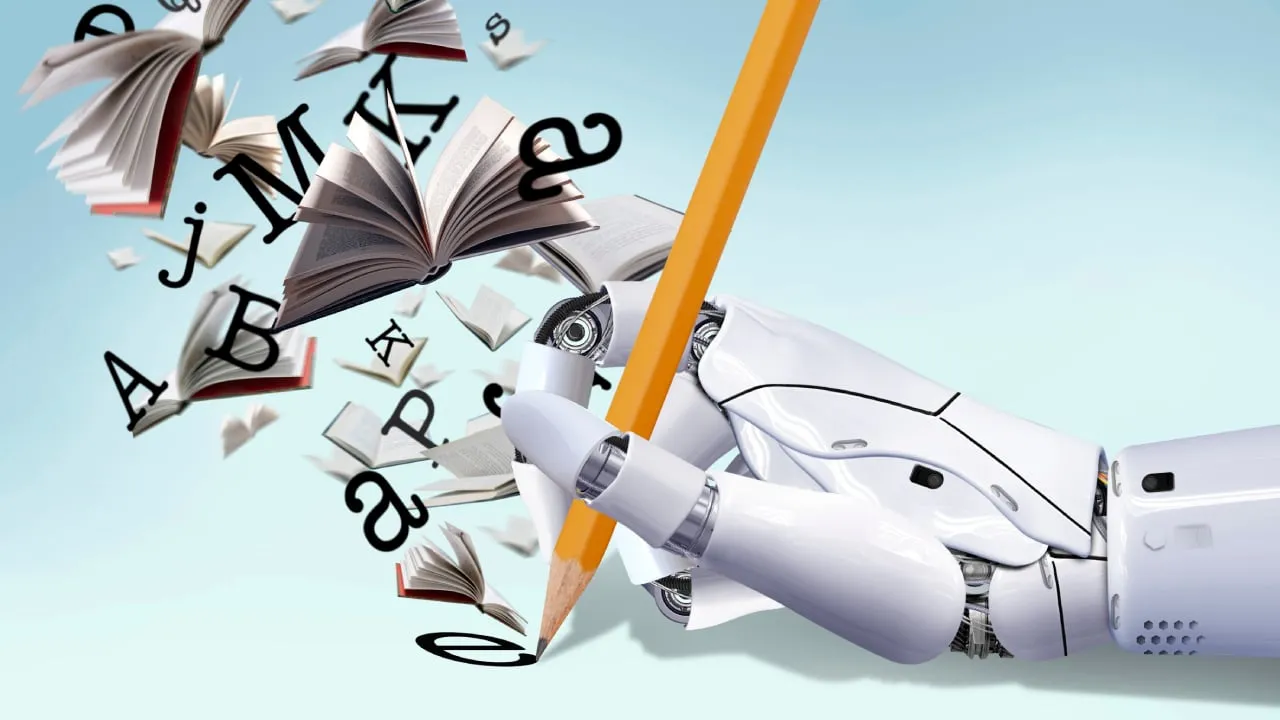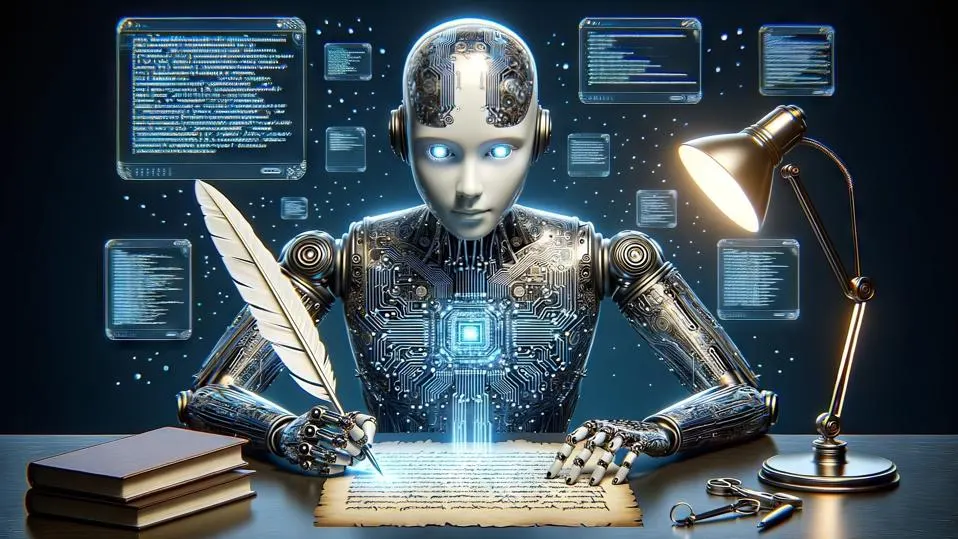AI-generated content has become an integral part of the digital landscape. As technology advances, distinguishing between human and AI-written content can be challenging. This guide provides comprehensive methods to identify AI-generated text, ensuring that you can differentiate between machine and human authorship effectively.
Table of Contents
Detection Tools
Various tools are available to help detect AI-generated content. AI detector analyze text for patterns typical of AI writing, such as consistent tone, repetitive phrasing, and lack of natural language nuances. These tools can be valuable resources in identifying AI-generated content by providing detailed analysis and likelihood scores.
Using these tools can enhance your ability to spot AI-written text and ensure the authenticity of the content you encounter.
Examine Writing Style
A key indicator of AI-generated content is its writing style. AI models often produce text with a consistent tone and style, lacking the natural variations found in human writing. Human writers adjust their tone based on context, purpose, and audience. For instance, a human might write formally for a business report but casually for a blog post. AI, on the other hand, tends to maintain a uniform tone across different pieces of content.
To spot AI-written text, pay attention to the consistency of the writing style. If the tone remains the same regardless of the subject matter or context, it could be AI-generated. Additionally, look for repetitive sentence structures and patterns. AI often uses similar sentence constructions repeatedly, which can be a telltale sign of machine-generated content.

Check for Repetitive Phrasing
AI tools often rely on patterns and templates to generate content, leading to repetitive phrasing. If a text contains redundant expressions or phrases that are repeated in close succession, it might be AI-generated. Human writers typically avoid redundancy to keep the content engaging and varied.
Look for specific phrases or word combinations that appear frequently throughout the text. Repetition of the same idea or phrase can indicate that an AI model was used to generate the content. This is particularly evident in longer texts where the same patterns emerge multiple times.
Analyze Sentence Length
AI-generated content often features sentences of similar lengths. While human writing usually has more variety in sentence structure and length, AI tends to produce uniform sentences. This uniformity can make the text feel monotonous and less engaging.
To identify AI-written content, examine the sentence length and structure. If the sentences are consistently short or long, and there is a lack of variation, the text may have been generated by an AI model. Human writers naturally mix short and long sentences to create a more dynamic and interesting reading experience.
Look for Unnatural Language
AI models sometimes produce text that sounds unnatural or awkward. This can be due to the limitations of the model’s training data or its inability to fully grasp the nuances of human language. Phrases that seem out of place or overly formal in casual contexts can indicate AI-generated content.
Pay close attention to the language used in the text. If certain phrases or sentences feel off or do not fit the context, it could be a sign of AI authorship. Human writers are better at understanding and using idiomatic expressions, slang, and colloquial language appropriately.

Evaluate Content Depth and Insight
AI-generated content often lacks the depth and insight found in human writing. While AI can produce factually accurate text, it may struggle to provide nuanced analysis or original perspectives. Human writers draw from personal experiences, knowledge, and emotions to create rich and engaging content.
To spot AI-written text, assess the depth and insight of the content. If the text feels surface-level or lacks a unique viewpoint, it might be generated by an AI. Human writers typically provide more detailed analysis and thoughtful commentary, making their content more engaging and informative.
Identify Inconsistent Facts or Logic
AI models can sometimes produce content with inconsistent facts or flawed logic. This is because AI relies on patterns and data from its training set, which can lead to errors or contradictions. Human writers are more adept at ensuring consistency and logical coherence in their writing.
Examine the content for any factual inconsistencies or logical flaws. If the text contains contradictory statements or illogical conclusions, it could be a sign of AI-generated content. Human writers usually cross-check their facts and ensure logical flow, reducing the likelihood of such errors.
Check for Over-Optimization
AI-generated content is often optimized for search engines, sometimes at the expense of readability. This can result in keyword stuffing or unnatural placement of keywords within the text. While SEO is important, human writers balance optimization with readability and engagement.
Look for signs of over-optimization, such as an excessive number of keywords or awkward keyword placement. If the text feels forced or unnatural due to keyword usage, it might be AI-generated. Human writers aim to create content that is both optimized and enjoyable to read.
Observe Formatting and Structure
AI-generated content may follow a rigid structure or formatting pattern. Human writers, on the other hand, use varied formats and structures to enhance readability and engagement. For example, a human writer might use headings, bullet points, and paragraphs strategically to break up the text and guide the reader.
To identify AI-written content, observe the formatting and structure. If the text follows a predictable pattern without variation, it could be AI-generated. Human writers often adapt the structure to suit the content, making it more dynamic and engaging.
Assess Use of Sources and Citations
Human writers typically use a variety of sources and provide citations to back up their claims. AI-generated content may lack proper sourcing or rely on generic information. The presence of diverse and credible sources is a hallmark of human writing.
Evaluate the use of sources and citations in the text. If the content lacks references or relies on generic statements without evidence, it might be AI-generated. Human writers are more likely to include specific sources and citations to support their arguments and provide credibility.

Test for Creativity and Originality
AI-generated content often lacks the creativity and originality that human writers bring to their work. While AI can generate coherent and grammatically correct text, it may struggle to produce truly original ideas or creative expressions.
To spot AI-written content, test for creativity and originality. If the text feels formulaic or lacks unique ideas, it could be generated by an AI. Human writers infuse their work with personal insights, creative expressions, and original perspectives, making their content stand out.
Conclusion
Detecting AI-written content is becoming increasingly important as AI technology continues to advance. By paying attention to writing style, sentence structure, depth of content, and other key indicators, you can effectively identify whether a piece of text was written by a human or generated by an AI.

